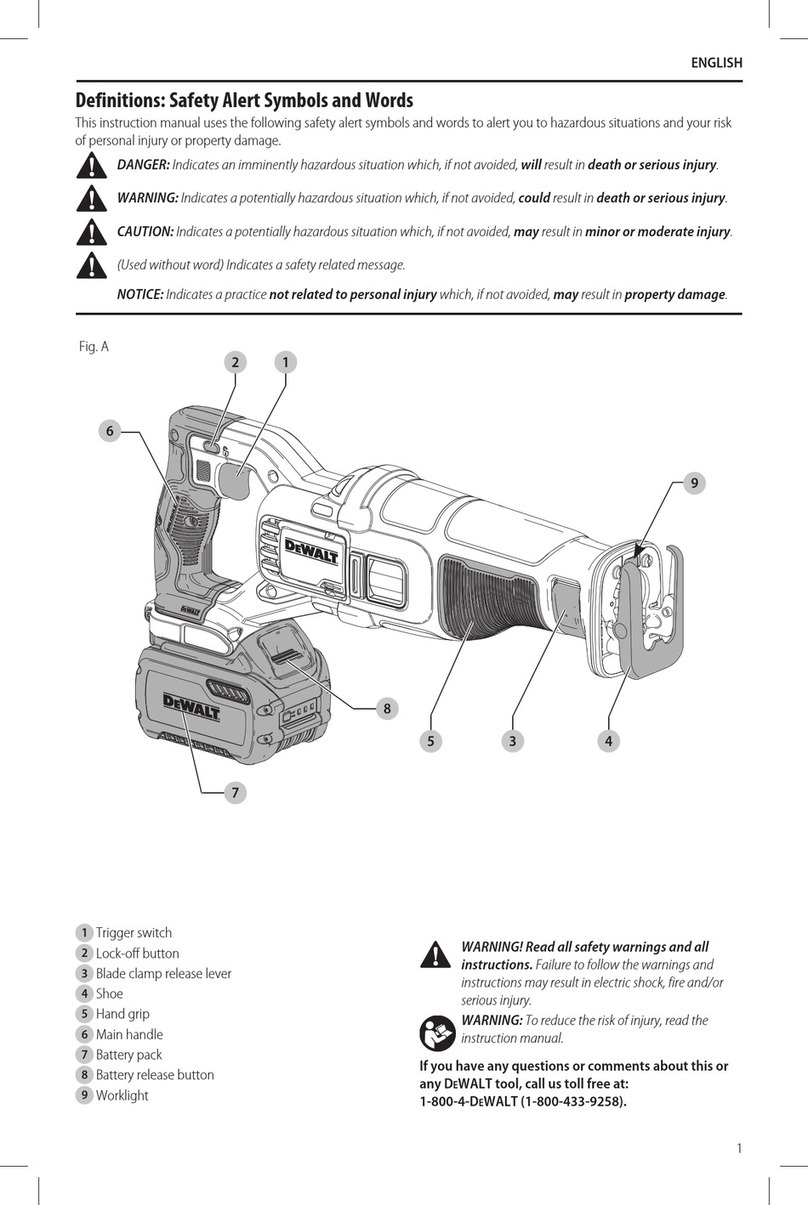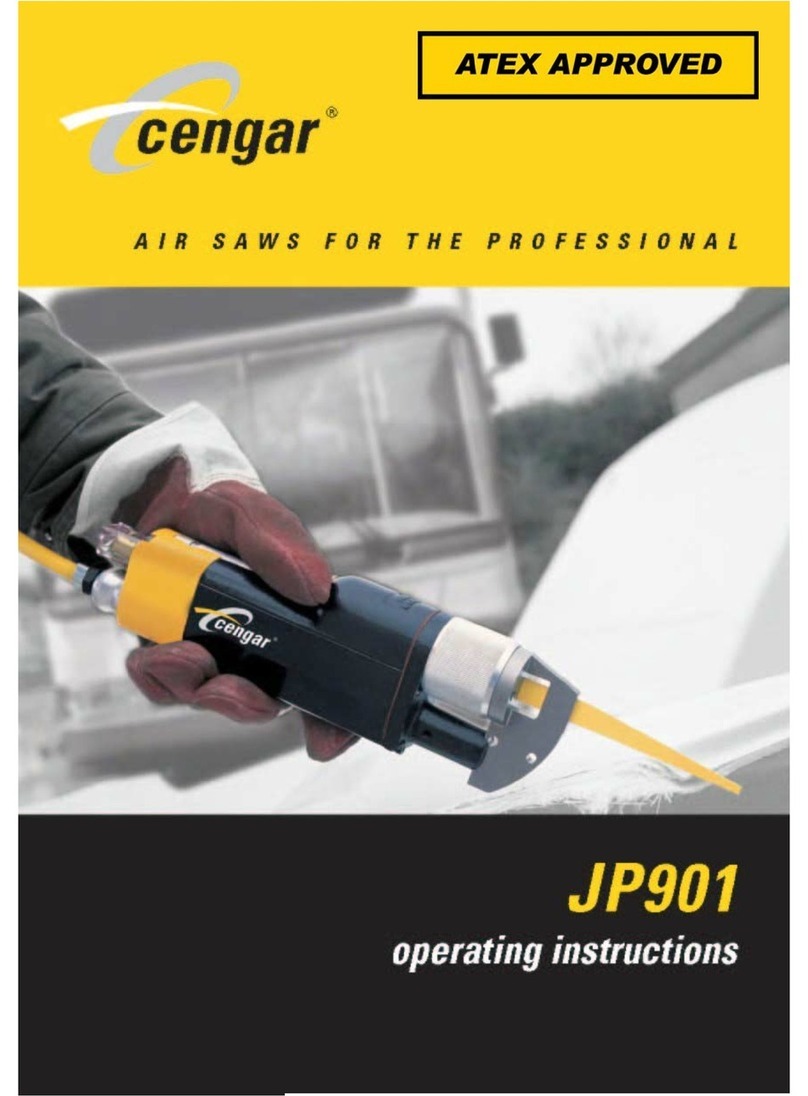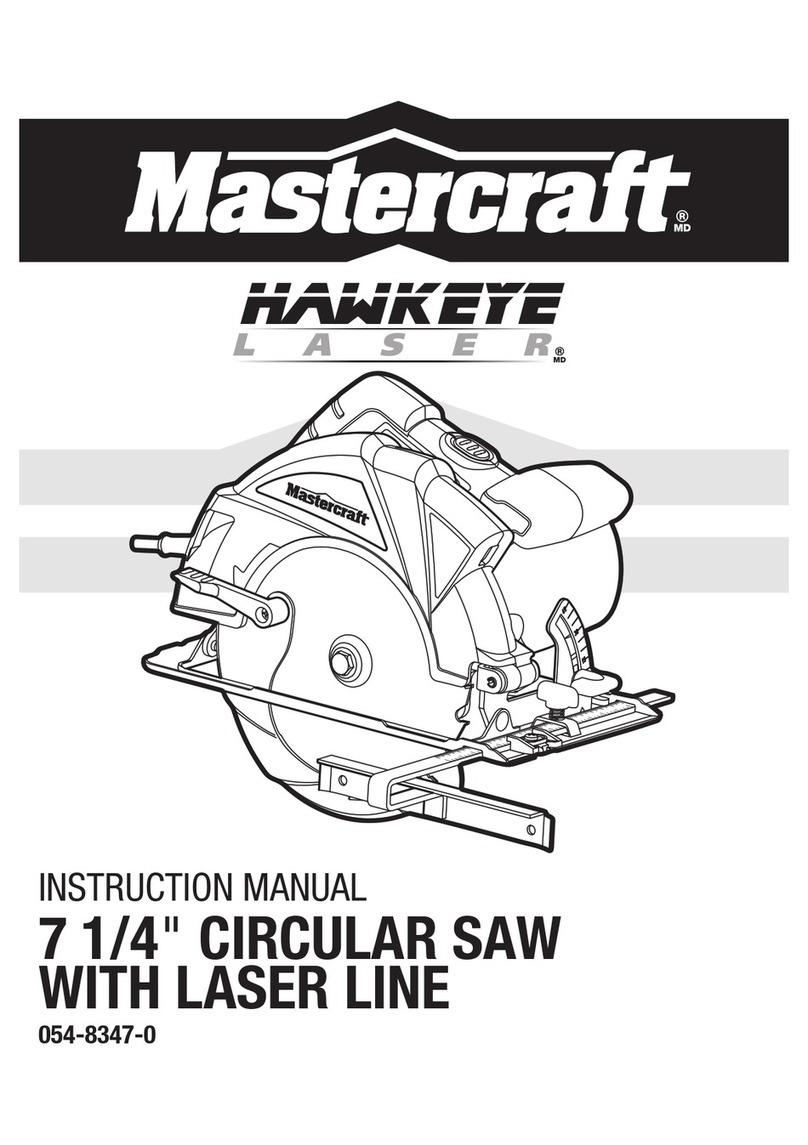Workzone WWPBS-18 User manual




















Table of contents
Other Workzone Saw manuals
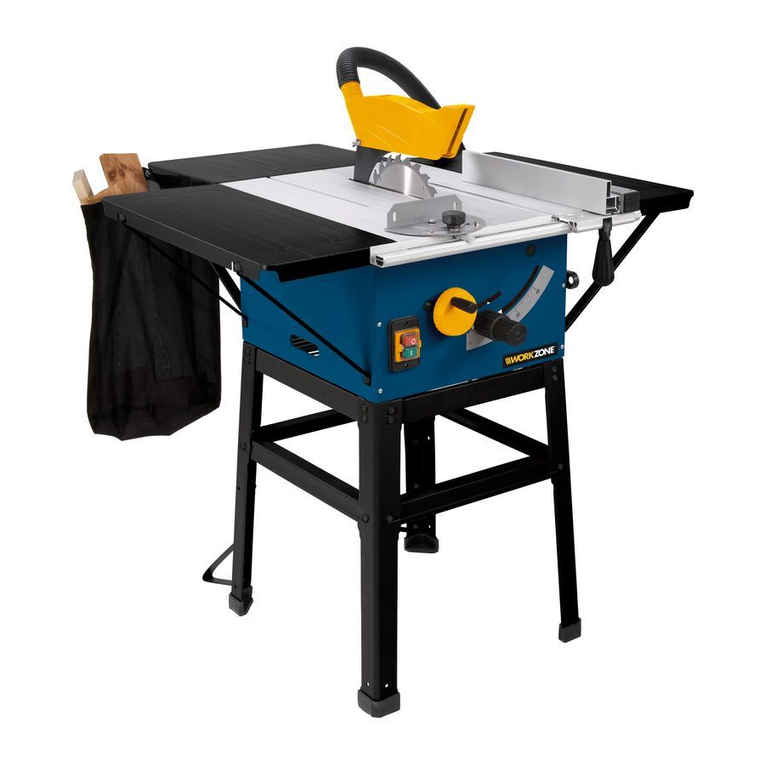
Workzone
Workzone WZTS 1702 User manual
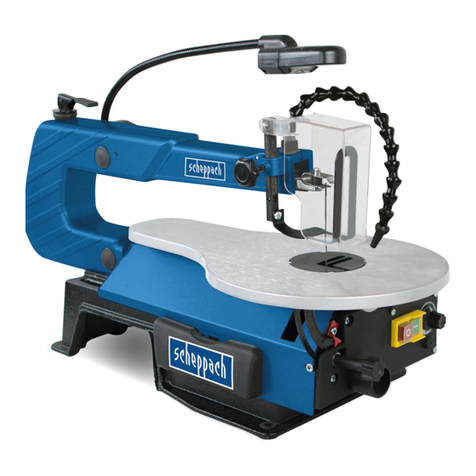
Workzone
Workzone SD1600V User manual

Workzone
Workzone 50450 User manual
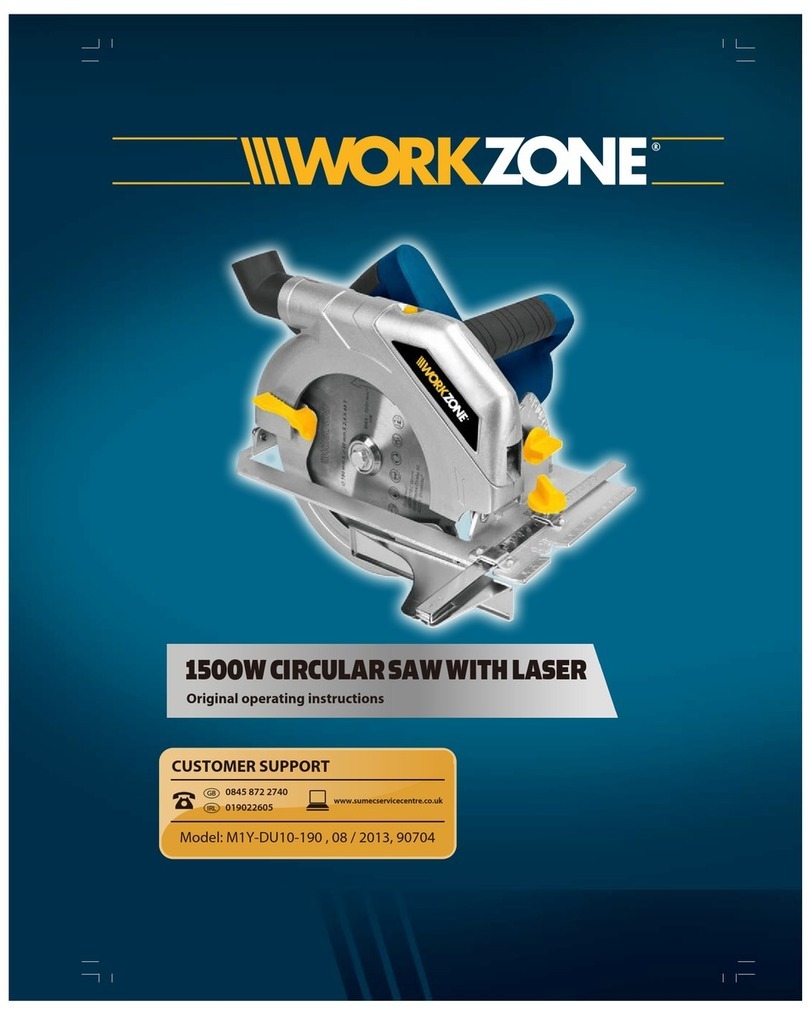
Workzone
Workzone M1Y-DU10-190 User manual
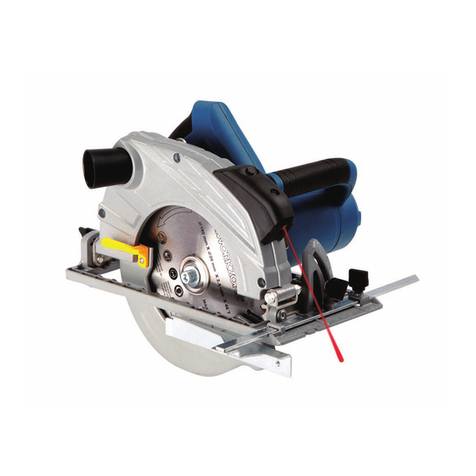
Workzone
Workzone CDY190FLA2 User manual

Workzone
Workzone 55903 User manual
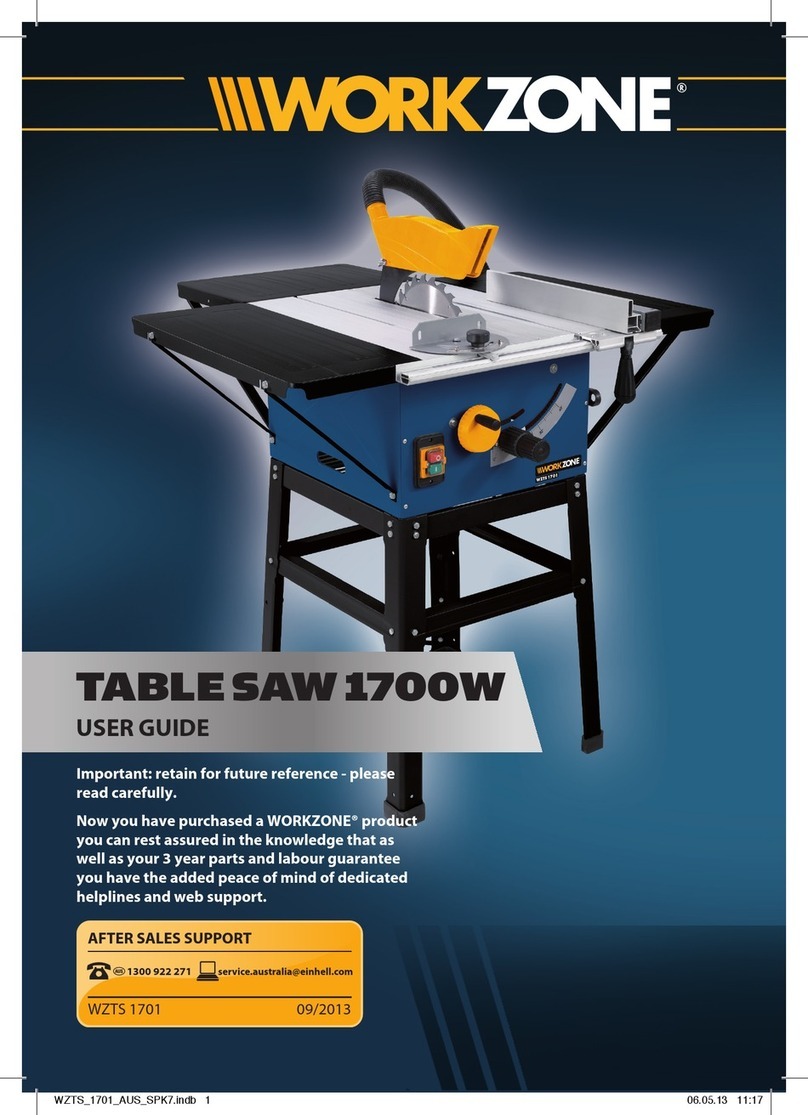
Workzone
Workzone WZTS 1701 User manual
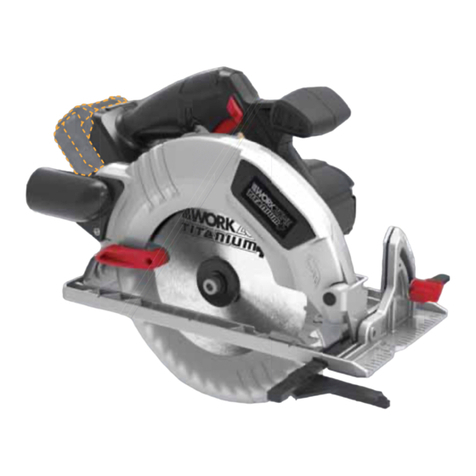
Workzone
Workzone Titanium CS20V User manual
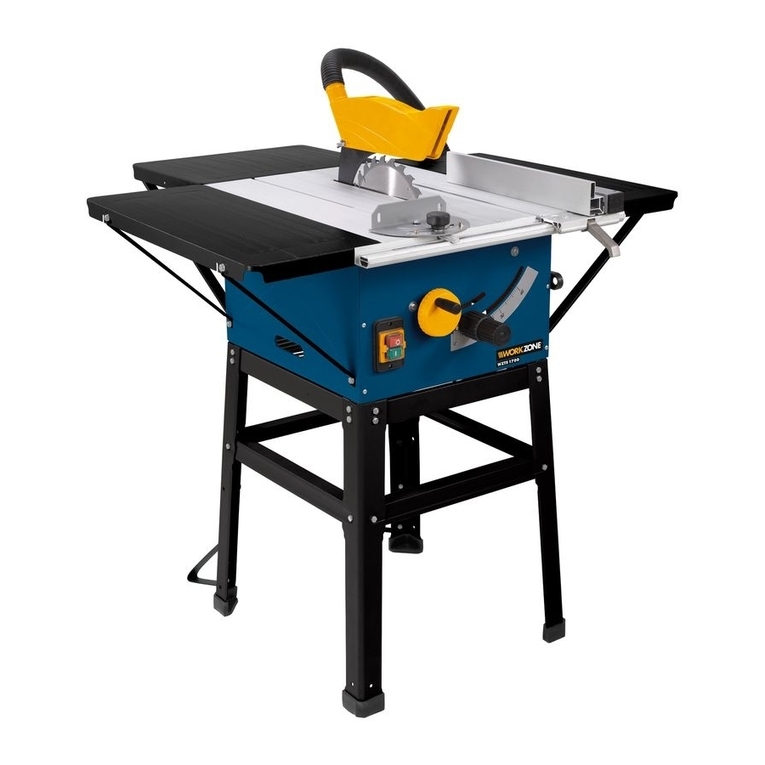
Workzone
Workzone WZTS 1700 User manual
Popular Saw manuals by other brands

Chicago Electric
Chicago Electric Professional Series 60608 Owners manual & safety manual

Meec tools
Meec tools 242-127 operating instructions

Kärcher
Kärcher MT CS 250/36 operating instructions
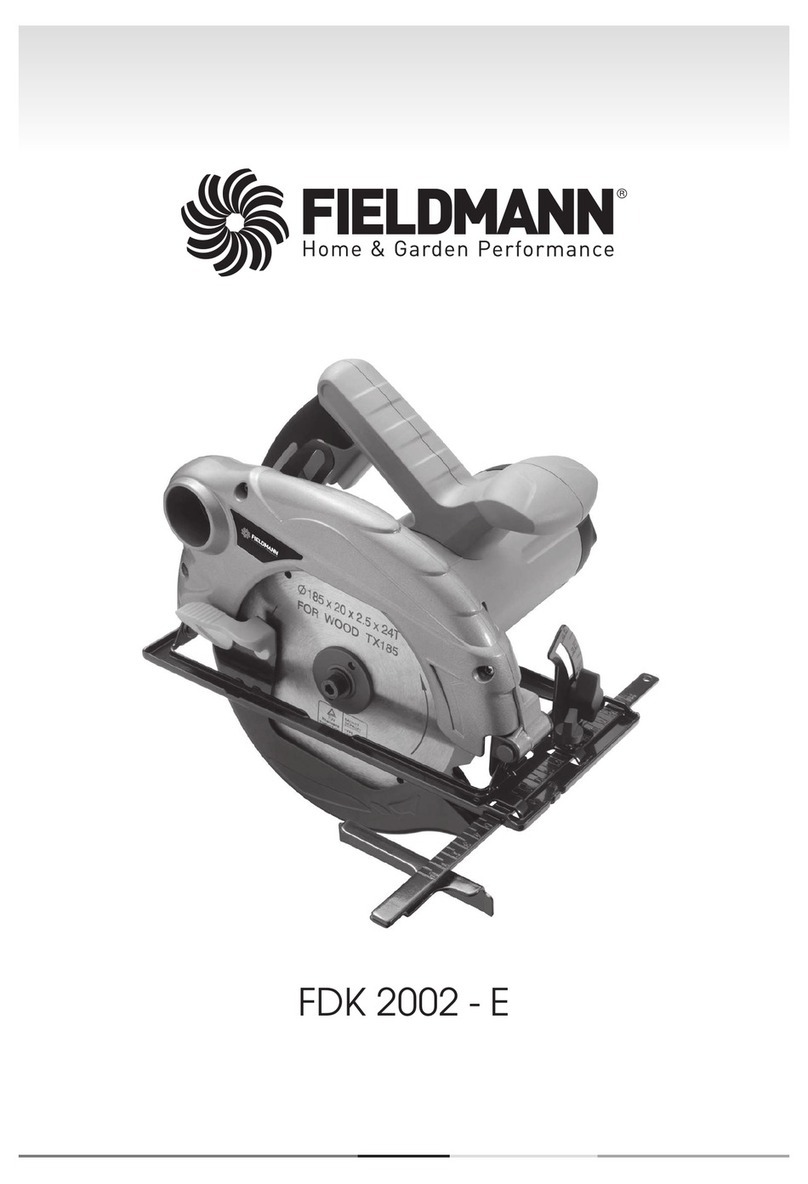
Fieldmann
Fieldmann FDK 2002-E instruction manual
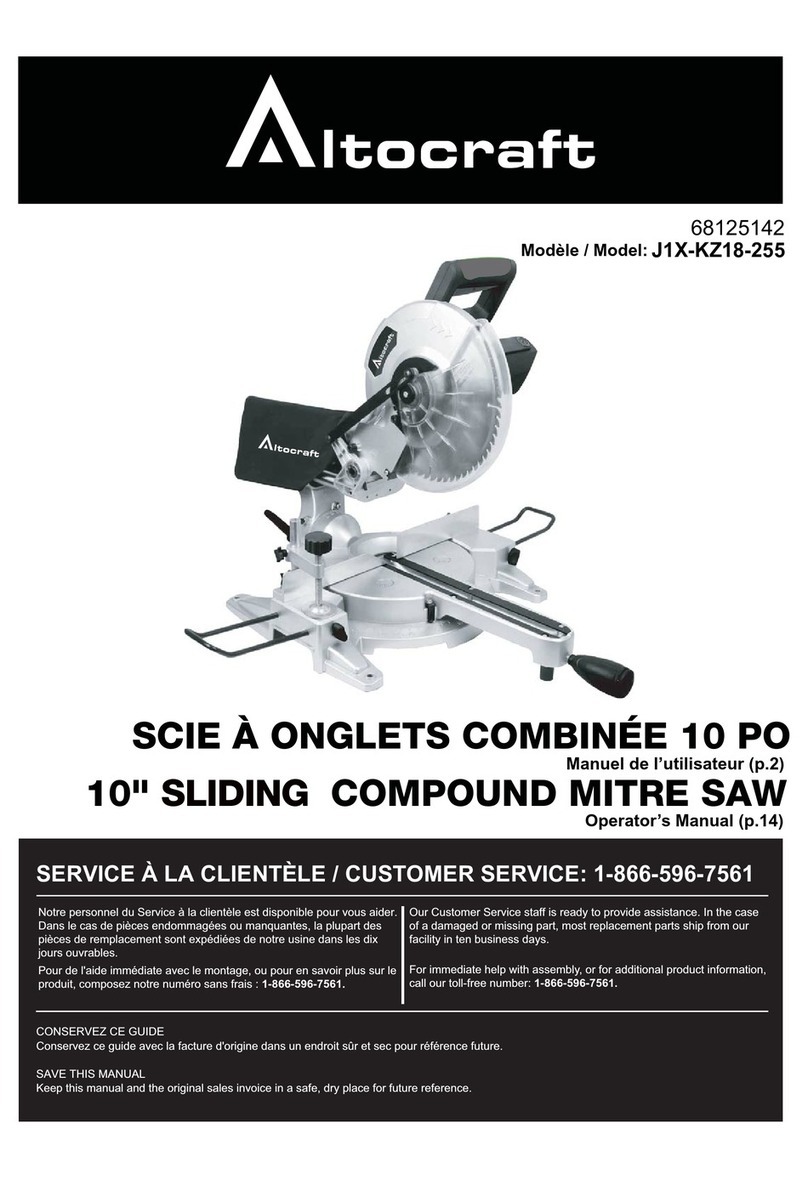
Altocraft
Altocraft J1X-KZ18-255 Operator's manual

Bosch
Bosch GKS Professional 85 Original instructions
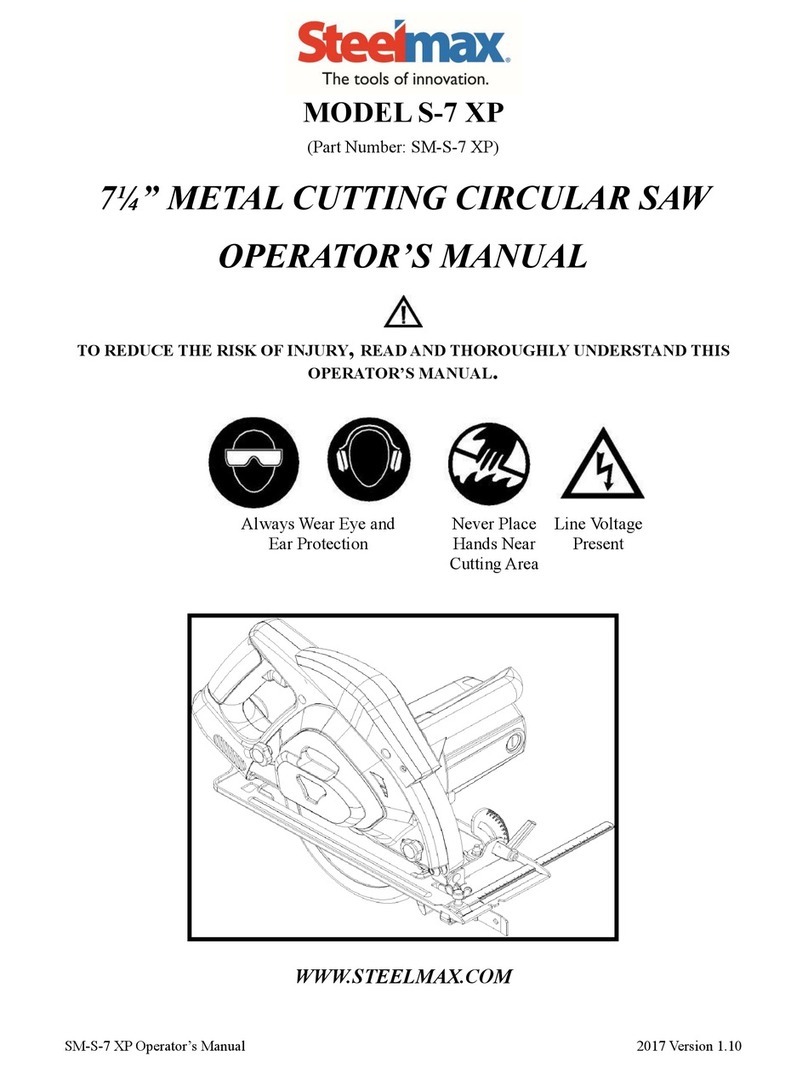
SteelMax
SteelMax S-7 XP Operator's manual

Husqvarna
Husqvarna 357XPG E-tech Workshop manual

Drill Master
Drill Master 93827 Assembly and operating instructions

Ryobi
Ryobi RRS1200-K Original instructions
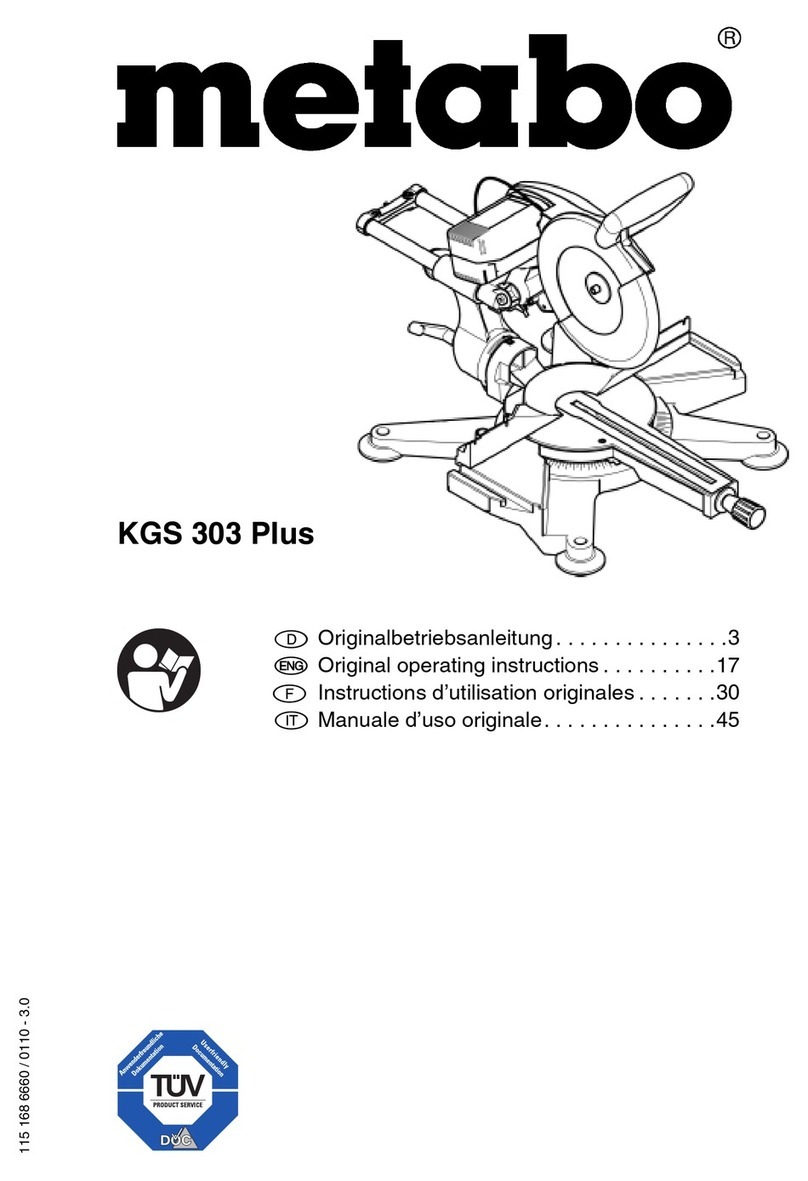
Metabo
Metabo KGS 303 PLUS Original operating instructions
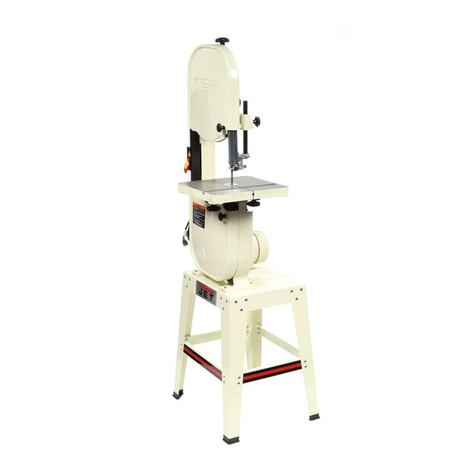
Jet
Jet JWBS-140S Operating instructions and parts manual
